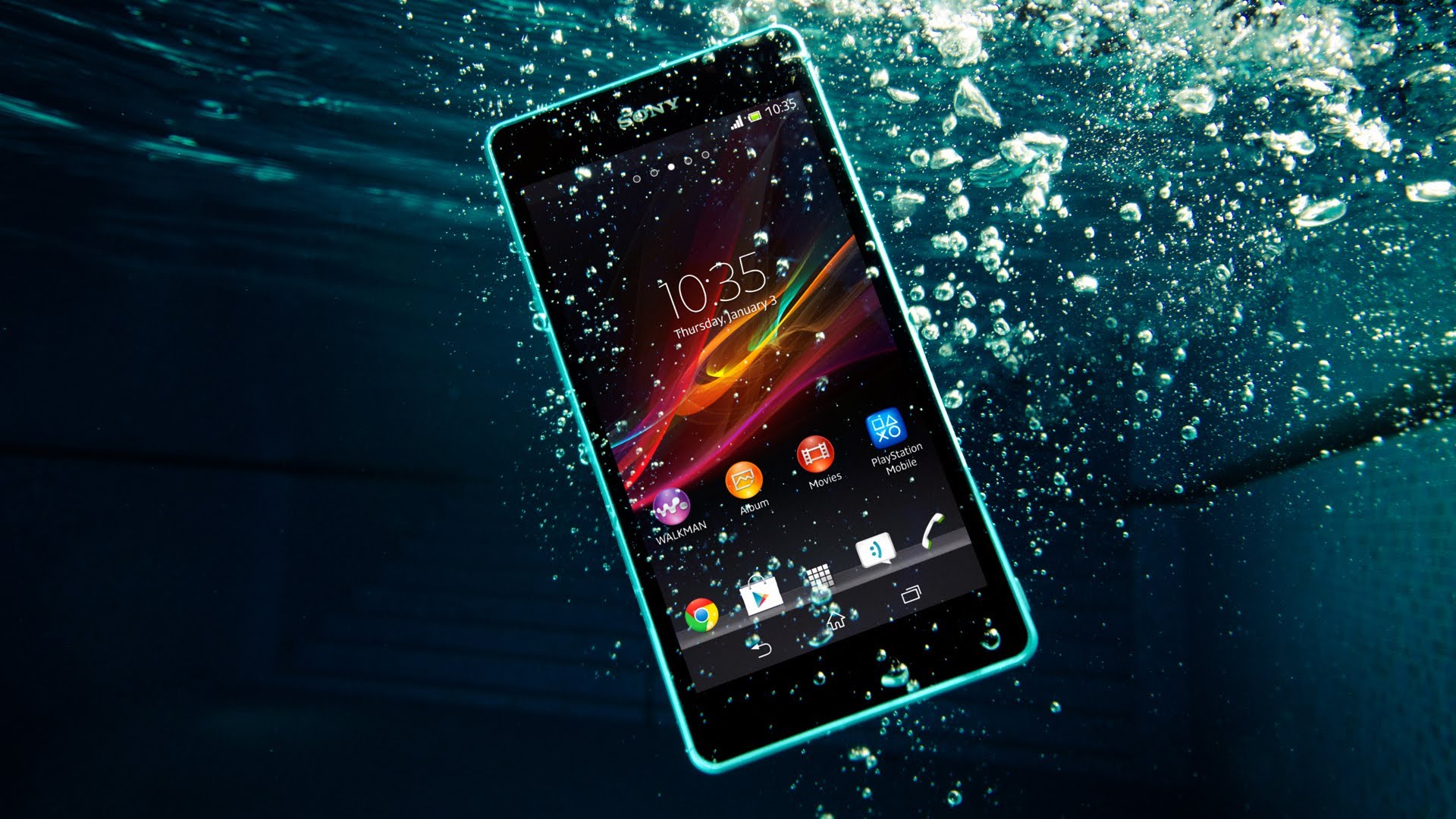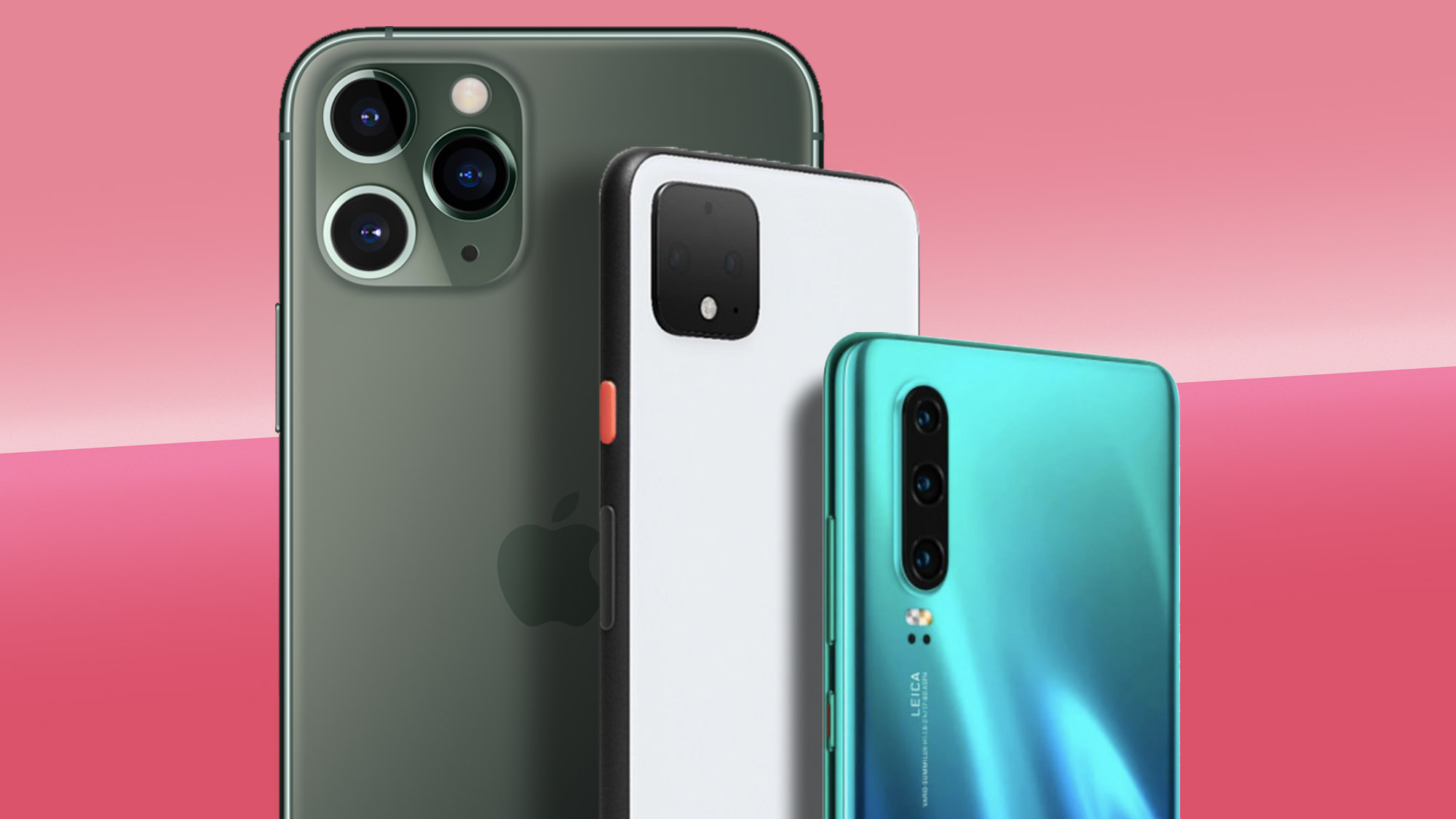If you’re here, that means one of 3 things… You’re a fan, You don’t know a lot about tech lingo or you’re looking to buy a new phone. Well, welcome to your own personal dictionary on tech terms to understand when buying a smartphone.
From terms like, IP67, to RAM and Snapdragon 865+, there’s a lot that can be confusing about buying a smartphone. You just want a good camera, great screen, substantial battery life and a well-known logo at the back. However, that’s not all a phone has to offer.
Suppose you buy a phone with those components ‘on paper’ but it’s suddenly slow. Or the screen is not as bright as it looked on the TV? Maybe it’s already full and you’ve only taken 1000 photos? That’s when it’s starts to hit you that you should have really taken the time to understand what your phone is capable of.
Lucky thing is, it’s never too late to do so. Before you buy your next smartphone, here are a few tech terms you’ll need to understand.
We’ll go through the various parts of a phone and understand how significant each part is.
Buying a Smartphone: Tech Terms To Understand
Battery: mAh and fast charging


mAh simply means milliamps per hour. That indicates how long per hour the phone can emit a current. In this case, the larger the amount, the better. Phones today range from 3500mAh to 5000mAh.
Some phones can have huge batteries but still, die quick. Mainly because of the amount of power the screen is drawing. If you are a heavy phone user, opt for a fast-charging phone.
Here the chargers range from 25Watts to 60Watts. Still, the bigger the better. Always check the battery and if it supports fast charging.
Snapdragon 865, Exynos, A13 Bionic and other Stories
These are basically the processors that come built in to the device. All you really need to understand is that the bigger the number at the end, the faster your smartphone will be.
For instance, Snapdragon is a suite of system on a chip (SoC) semiconductor products for android mobile devices. For iOS, they use the A Bionic chip the highest is Snapdragon 865+ and A13 bionic.
We’ll have a separate discussion on this.
Water Resistance: iP68


IP68 is an international standard rating that deems devices fit enough to withstand dust, dirt and sand. Of more interest is that they are resistant to submersion up to a maximum depth of 1.5m underwater for up to thirty minutes.
So yes, if your phone has an IP68 rating, you can wash it, swim in shallow pools with it and even shower with it. Tried and tested but not advised.
Storage: RAM and Internal Storage


The RAM as you may have learnt in high school is the Random Access memory. This is where temporary files are stored on your phone. This technology helps you boot up your phone and multitask faster. The more the ram, the better. However, you don’t need much.
12GB is overkill for a common user. All you need is at least 4-6 GB to keep your phone at optimum working condition.
Internal storage is what is Key. Here you can never have too much. Hence the 512GB on phones today. Here you will store apps, photos, files, music, games… you name it. If you can, don’t cheap out on this.
Cameras: Understanding Megapixels and Camera Sensors


When looking at the cameras, one thing stands out. The megapixels (mp). For instance, the Samsung S20 Ultra packs 108 mp. So naturally, you would think that’s better. However, there’s a lot more into it. The truth is that a megapixel is more a measure of size, not of quality.
For instance, you’d be shocked to know that the iPhone 11 Pro Max only has a 12-mp camera and most reviews caption this as their best camera. Here’s why:
- To display an image on a UHD 4k screen you only need about 8.3MP. The rest is pretty much overkill
- The 108 MP will take up so much space and ultimately clog your storage. Most phones have at most 64 MP as their default
- Unless you plan to print the images, most sites will still compress these images.
- 12MP is the minimum you need to record 4k video. (Even the iPhone 6s records 4K)
- Apple and Samsung also take into account software and sensor size and that makes for better image quality.
Let me know if we should talk more about the cameras but for easier understanding, don’t let the pixels lie. Actually test out the camera in different conditions to see what makes you happier.



Comments